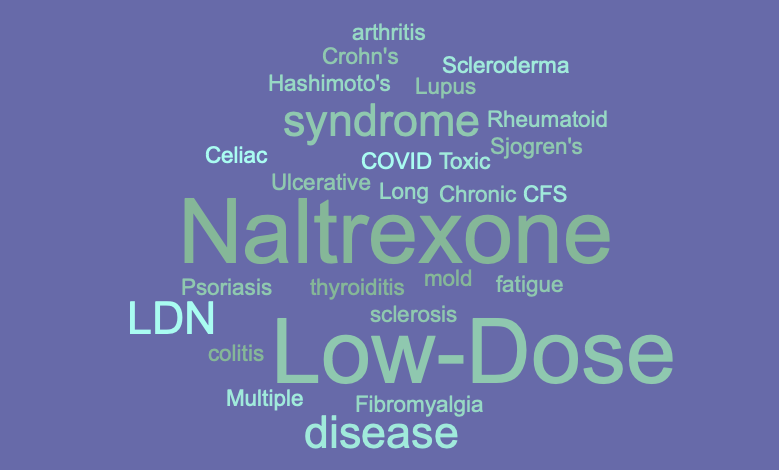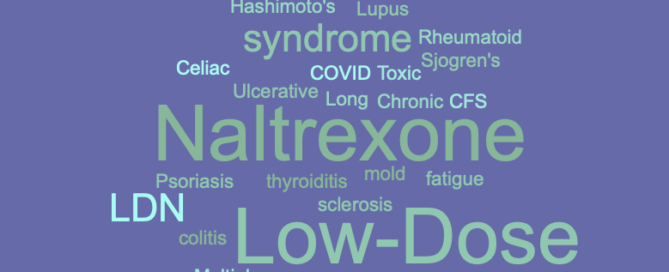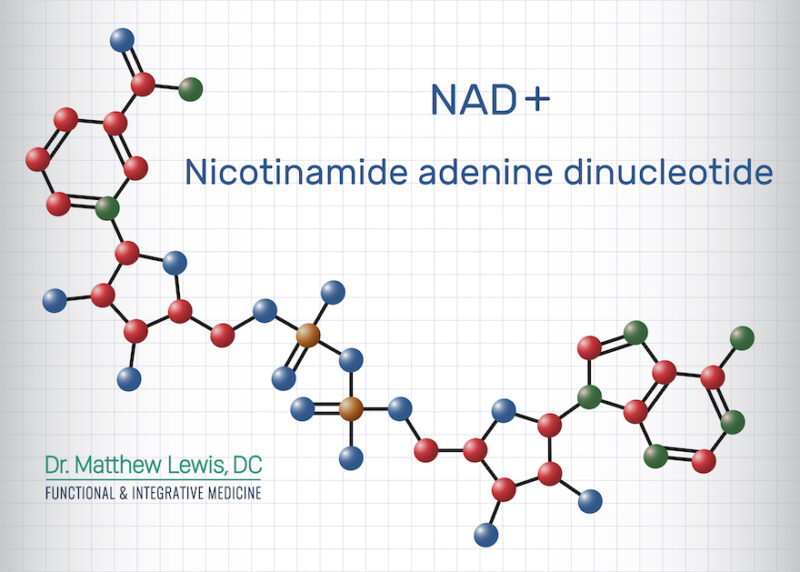Low-Dose Naltrexone (LDN) and Healthy Immune Function
A leading medical doctor specializing in diseases of the small intestine, stomach, esophagus, and colon, claims a drug formerly used to treat opioid and alcohol dependence, has become an intriguing choice for managing several gastrointestinal disorders.
In a recent article entitled “Low-Dose Naltrexone in Gastroenterology: A Bonafide ‘Wonder Drug,” Dr. Leonard Weinstock, M.D., a St. Louis-based gastroenterologist and researcher, asserts that naltrexone — originally used at a dosage of 200 mg daily to treat opioid users and alcoholics — has been found successful in treating intestinal issues when used at just one-tenth of the full dosage.
In my own private practice and here at PROVOKE Health, we have a long history of using low-dose naltrexone (aka, LDN) to treat immune system dysfunction. In fact, a growing body of evidence suggests that LDN is effective in treating conditions such as inflammatory bowel disease (IBD), Crohn’s disease, ulcerative colitis, and irritable bowel syndrome (IBS). It has even shown beneficial implications in several other areas, such as restless legs syndrome (RLS), psoriasis, weight management, and Long COVID, which is characterized by symptoms lasting at least three months after an initial infection.

So what is naltrexone and what do we here at PROVOKE Health think about the potential role of this medication in the battle to overcome chronic illness? Well, that depends. As a functional medicine and integrative healthcare practice committed to motivating patients by providing the healthcare, guidance, and support they need, we believe in providing personalized treatment that addresses the unique health and fitness needs of each patient. We do not promote any single treatment or protocol as a miracle cure or a one-size-fits-all solution.
However, in the context of our clinical practice, we have found naltrexone to be an effective tool in the treatment of a wide range of immune system dysfunctions, such as the following:
- Long COVID
- Psoriasis
- Toxic mold
- Fibromyalgia
- Chronic fatigue syndrome (CFS)
- Rheumatoid arthritis
- Crohn’s disease
- Hashimoto’s thyroiditis
- Scleroderma
- Lupus
- Sjogren’s syndrome
- Multiple sclerosis
- Ulcerative colitis
- Celiac disease
In this post, I share how naltrexone can aid in preventing common issues that are associated with the use of opioids — namely relapse — as well as naltrexone potential benefits, at much lower doses, for temporarily restoring healthy immune function. This can be especially useful while the root causes of immune system dysfunction are being identified and addressed.
Naltrexone in the Treatment of Opioid and Alcohol Use Disorders
Classified as an opioid antagonist, naltrexone has been approved for the treatment of opioid and alcohol addiction since 1984. Opioids encompass a range of substances, including the illegal drug heroin, synthetic opioids such as fentanyl, and prescription painkillers such as oxycodone (OxyContin), hydrocodone (Vicodin), codeine, morphine, and others.
These drugs work by binding to opioid receptors in the body, providing pain relief, slowing down breathing, and inducing a calming effect. However, as you already know, opioids are highly addictive. When taken at the full dose of 200 mg daily (typically four doses of 50 mg), naltrexone blocks opioid receptors to prevent the effects of opiates and reduce cravings.
Think of opioid receptors as locks and opioid molecules as keys. Naltrexone acts as a key that fits into all the locks, so the opioid molecules cannot insert their keys. While on naltrexone, someone using opioids won’t experience Continue reading…




